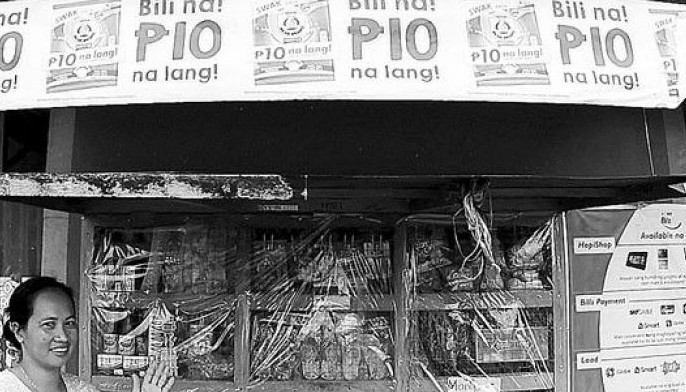Phl-Korea rice processing complex inaugurated
MANILA, Philippines - The modern rice processing complex (RPC) worth $3.325 million in Barangay Tebag in Sta. Barbara, Pangasinan inaugurated recently is a testament of the success of Filipino-Korean development partnership on agricultural development, according to an official of the Korea International Cooperation Agency (KOICA).
Jinoh Kim, resident representative of KOICA Philippine office, said among Korea’s many development projects in the Philippines, the RPC has a special meaning because the two countries highly value rice.
He said their partnership on rice research, production and capacity-building has come a long way. He recalled that in collaboration with the International Rice Research Institute in Los Baños in 1960s, they produced Tongil palay, a high- yielding, high quality rice variety. He said this helped transform Korea in the ’70s from a rice importer to a self-sufficient producer.
“The Korean experience has shown that this transformation can be done, and we are very willing to share the knowledge we’ve gained to Filipinos,” Kim said.
In 2006, KOICA established the Korea-Philippines Modern Integrated RPC in Baler, Aurora to produce high quality rice and reduce post-harvest losses. Because of its success, the Philippine and Korean governments agreed to replicate this model by constructing four more RPCs in Pangasinan, Bohol, Iloilo and Davao del Sur. The total grant for the four sites is $13.3 million.
Pangasinan was chosen to receive this grant from KOICA because it is among the country’s biggest rice producers, with harvest reaching 940,000 metric tons in 2010, Kim said. Pangasinan is the first of the four RPC projects that have been completed.
Kim is optimistic that with its completion, Pangasinan’s vision to improve food security, increase rural incomes and support the attainment of the country’s goal of rice self-sufficiency by 2013 would be realized.
Agriculture Undersecretary Bernadette Romulo Puyat said the Sta. Barbara RPC is equipped with state-of-the-art post-harvest facilities that will serve as a one-stop service center for milling, drying and storing. It will also provide contemporary production technologies to produce high-quality rice.
It has an area of 1,700 square meters with drying capacity of 5,600 metric tons (MT) per year or 1,000 bags per day, a milling capacity of 2.5 MT or an equivalent of 50 cavans per hour and a storage capacity of 1,100 tons.
Gov. Amado Espino Jr. emphasized that in the next 20 years, Pangasinan would remain an agricultural province. He urged the people to go back to farming and not to abandon it because “if we will leave agriculture then we would have left the best place to have agriculture and that province is Pangasinan.”
Agriculture Secretary Proceso Alcala praised the good partnership between the two governments, adding that this is a big step toward development.
He said this early, a food chain company has signified its interest to buy rice processed in the rice mill here.
- Latest



























